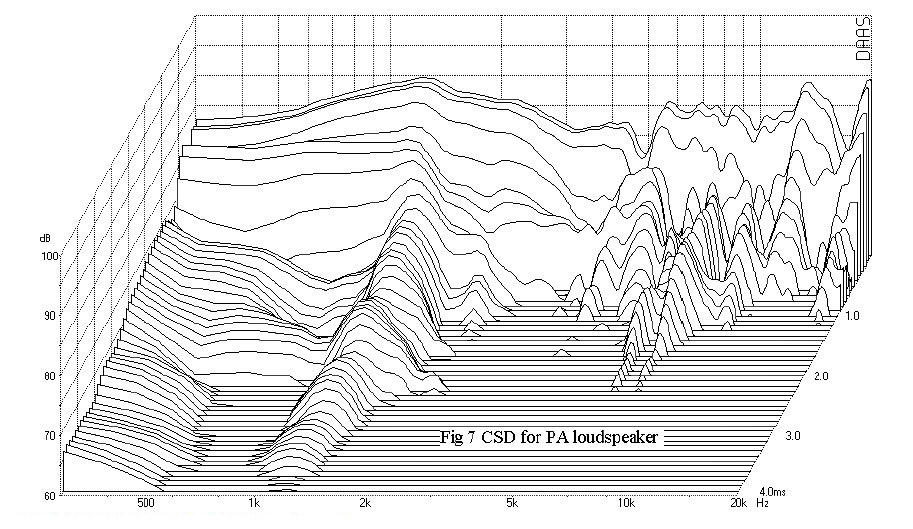It's interesting that the reviewers don't place B&W too far below the highest rated speakers, while nearly all other groups including trained listeners have quite a large dropoff in how they rate B&W compared to the top two scorers. Could it be that the reviewers have become 'acclimated'/'burnt-in' to the "B&W house sound," and thus are less bothered by it than most other listeners (except group Acad7)?
It seems likely that many/most seasoned/experienced reviewers would be quite familiar with the famous models from B&W since they've received
so much coverage over the years from the magazines, and I wonder how many reviewers have personally owned them or had them on 'long term loan.' lol
Of course it could be coincidence, or the reviewers and Acad7 have lived with speakers with similar characteristics to the B&W. I think it's been revealed that "B" stands for Bowers & Wilkins, but I can't recall which specific model was tested.
I could be imagining a pattern where none exists haha. The best I can say from my own personal listening experience with B&W is that I wanted to like them.

(Actually, I rather
expected to like them, based upon reading reviews and seeing them listed as monitoring speakers for so many of my favorite Deutsche Grammophon recordings lol I was more than a little disappointed.)


